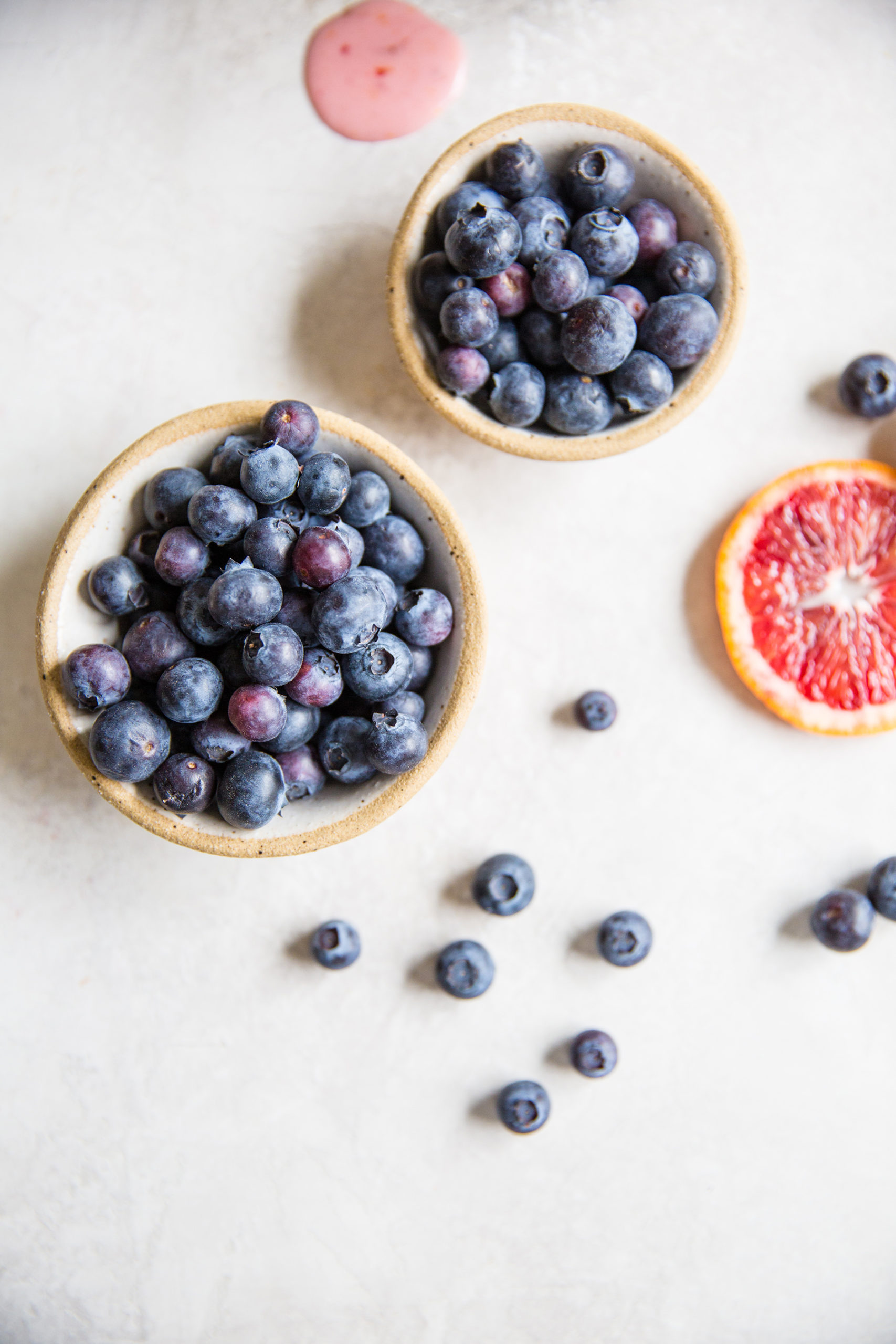The Four Colors to Include in Every Meal for Holistic Wellness
When it comes to achieving optimal health and wellness, nutrition plays a vital role. The food we consume not only provides us with energy but also supplies essential vitamins, minerals, and antioxidants necessary for our well-being. One popular concept in holistic wellness is incorporating a colorful array of fruits and vegetables into every meal. In this article, we explore the significance of including four key colors in our daily diet and provide reliable sources to support their health benefits.
Red:
Red-colored fruits and vegetables, such as tomatoes, red bell peppers, strawberries, and beets, are rich in lycopene, anthocyanins, and vitamin C. These compounds have been associated with numerous health benefits, including:
- Improved heart health: Lycopene found in tomatoes and watermelon has been linked to reducing the risk of heart disease (Stahl & Sies, 2012).
- Cancer prevention: Anthocyanins in red berries and cherries possess anticancer properties (Wang et al., 2017).
Enhanced immune function: Vitamin C helps support immune system function and protects against oxidative stress (Carr & Maggini, 2017).
Orange/Yellow:
Orange and yellow fruits and vegetables, such as oranges, carrots, sweet potatoes, and yellow bell peppers, are packed with beta-carotene, vitamin C, and flavonoids. The health benefits associated with these colorful foods include:
- Eye health: Beta-carotene, found in carrots and sweet potatoes, is converted into vitamin A, which is essential for maintaining good vision (Chew et al., 2013).
- Skin health: Vitamin C and flavonoids contribute to collagen synthesis, promoting healthy skin (Pullar et al., 2017).
Antioxidant support: The antioxidants present in oranges and yellow bell peppers help combat oxidative stress and reduce inflammation (Kim et al., 2014).

Green:
Green leafy vegetables, broccoli, kiwi, and green apples are all examples of green-colored foods that are abundant in chlorophyll, fiber, and vitamins A, C, and K. The inclusion of green foods in our meals offers several health advantages, including:
- Bone health: Vitamin K plays a crucial role in maintaining strong bones and preventing fractures (Booth et al., 2017).
Detoxification: Chlorophyll aids in the elimination of toxins and supports liver function (Mukhtar et al., 2018). - Anti-inflammatory effects: Green vegetables, like broccoli, contain antioxidants that possess anti-inflammatory properties (Steinmetz & Potter, 1991).

Purple/Blue:
Purple and blue fruits and vegetables, such as blueberries, purple grapes, eggplants, and purple cabbage, are rich in anthocyanins, resveratrol, and antioxidants. The consumption of these colorful foods has been associated with various health benefits, including:
- Brain health: Anthocyanins in blueberries and purple grapes have been linked to improved cognitive function and memory (Krikorian et al., 2010).
- Cardiovascular protection: Resveratrol found in purple grapes may contribute to reducing the risk of heart disease (Sahebkar et al., 2016).
- Anti-aging properties: Purple cabbage and other purple fruits and vegetables contain antioxidants that help neutralize free radicals and slow down the aging process (Stintzing et al., 2006).
Incorporating a vibrant assortment of fruits and vegetables in our daily meals is a simple and effective way to enhance our overall well-being. The four colors—red, orange/yellow, green, and purple/blue—provide a diverse range of nutrients, antioxidants, and health-promoting compounds that support various aspects of our health. By embracing the concept of “eating the rainbow,” we can ensure a balanced and nutritious diet that promotes holistic wellness.
Remember, this information is not intended as medical advice. If you have specific health concerns or dietary requirements contact our professionals by clicking here for your consultation. We have a certified nutritionist on staff to answer all of your questions.
References:
Booth, S. L., et al. (2017). Dietary vitamin K and therapeutic warfarin alter the susceptibility to vascular calcification in experimental chronic kidney disease. Kidney International, 89(3), 462-472.
Carr, A. C., & Maggini, S. (2017). Vitamin C and immune function. Nutrients, 9(11), 1211.
Chew, E. Y., et al. (2013). Association of dietary and supplementary calcium intake with age-related macular degeneration: The Age-Related Eye Disease Study Report No. 23. JAMA Ophthalmology, 131(7), 935-943.
Kim, M. J., et al. (2014). Orange-fleshed sweet potato affects antioxidant capacity and oxidative DNA damage in humans. Nutr Res Pract, 8(5), 514-520.
Krikorian, R., et al. (2010). Blueberry supplementation improves memory in older adults. Journal of Agricultural and Food Chemistry, 58(7), 3996-4000.
Mukhtar, H., et al. (2018). Phytochemicals for human health: Epidemiologic evidence. Cancer Letters, 413, 129-135.
Pullar, J. M., et al. (2017). The roles of vitamin C in skin health. Nutrients, 9(8), 866.
Sahebkar, A., et al. (2016). Effect of resveratrol supplementation on lipid profile in subjects with dyslipidemia: A systematic review and meta-analysis of randomized controlled trials. Nutrition Reviews, 74(12), 747-759.
Stahl, W., & Sies, H. (2012). Bioactivity and protective effects of natural carotenoids. Biochimica et Biophysica Acta (BBA) – Molecular Basis of Disease, 1822(3), 324-333.
Steinmetz, K. A., & Potter, J. D. (1991). Vegetables, fruit, and cancer prevention: A review. Journal of the American Dietetic Association, 91(9), 1228-1234.
Stintzing, F. C., et al. (2006). Color, betalain pattern, and antioxidant properties of cactus pear (Opuntia spp.) clones. Journal of Agricultural and Food Chemistry, 54(1), 870-877.
Wang, L. S., et al. (2017). Anthocyanins in black rice, soybean and purple corn are potent antioxidants and potential anticancer agents against human colon cancer cells. Journal of Agricultural and Food Chemistry, 65(15), 2783-2790.













